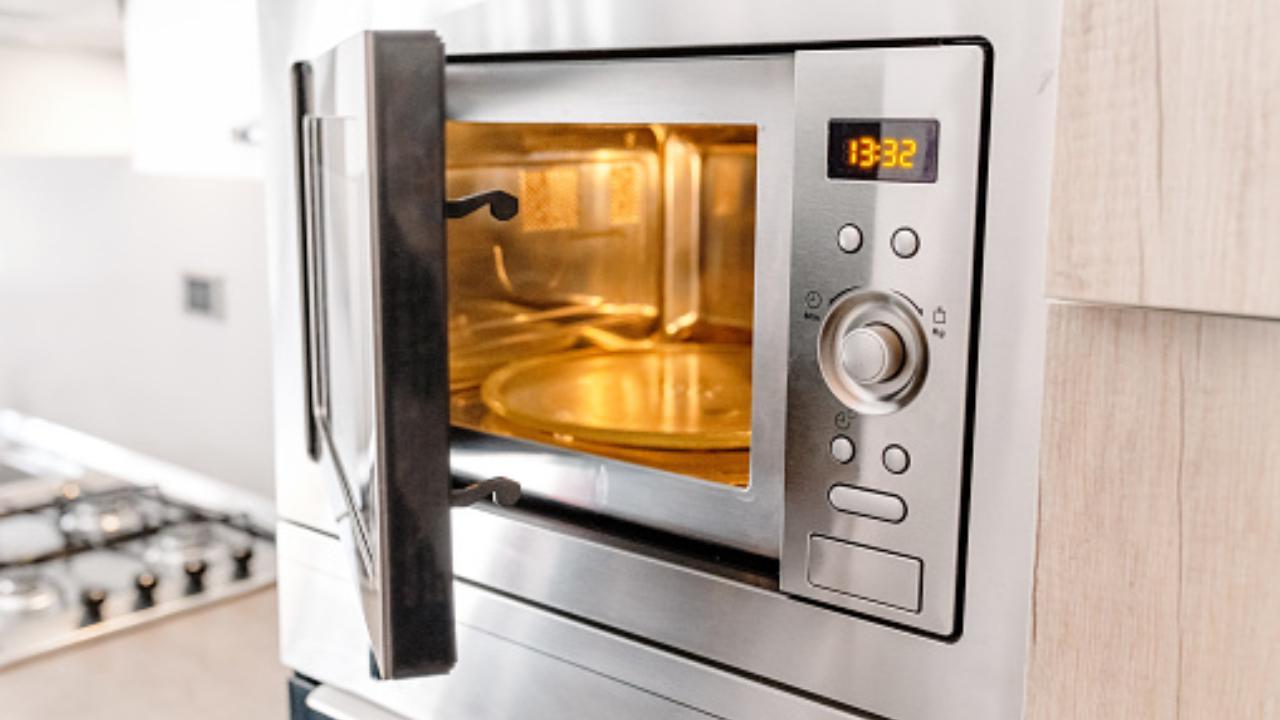This finding is significant for hygiene and potential biotechnological applications, as the hardy bacteria inside microwave ovens could be utilised in industrial processes

Image for representational purposes only. Photo Courtesy: iStock
Microwave ovens harbour specialised communities of highly adapted microbes, according to a new study.
ADVERTISEMENT
This finding is significant for hygiene and potential biotechnological applications, as the hardy bacteria inside microwave ovens could be utilised in industrial processes.
“Our results reveal that domestic microwaves have a more ‘anthropised’ microbiome, similar to kitchen surfaces, while laboratory microwaves harbour bacteria that are more resistant to radiation,” said Daniel Torrent, a researcher at Darwin Bioprospecting Excellence SL in Paterna, Spain.
Torrent and colleagues sampled microbes from 30 microwave ovens: 10 from single-household kitchens, 10 from shared domestic spaces like corporate centers and cafeterias, and 10 from molecular biology and microbiology laboratories.
The aim was to assess how microbial communities are influenced by food interactions and user habits.
Using next-generation sequencing and cultivation of 101 strains on five different media, the researchers found 747 different genera within 25 bacterial phyla.
The most common phyla were Firmicutes, Actinobacteria and Proteobacteria.
The diversity was lowest in single-household microwave ovens and highest in laboratory ones.
Bacteria such as Acinetobacter, Bhargavaea, Brevibacterium, and Rhizobium were found only in domestic microwaves, while Arthrobacter, Enterobacter, Janibacter, and Planococcus were exclusive to shared-domestic ones.
Nonomuraea bacteria were isolated only from laboratory microwaves, along with Delftia, Micrococcus, Deinococcus and a genus of Cyanobacteria.
The microbial diversity in microwave ovens resembled that found on typical kitchen surfaces and solar panels, suggesting that the constant thermal shock, electromagnetic radiation, and desiccation select for highly resistant microbes in these environments.
“Some species of genera found in domestic microwaves, such as Klebsiella, Enterococcus, and Aeromonas, may pose a risk to human health. However, the microbial population in microwaves does not present a unique or increased risk compared to other common kitchen surfaces,” said Torrent.
“For both the general public and laboratory personnel, we recommend regularly disinfecting microwaves with a diluted bleach solution or a commercially available disinfectant spray. It is also important to wipe down the interior surfaces with a damp cloth after each use to remove any residue and to clean up spills immediately to prevent the growth of bacteria,” Torrent added.
Also read: IVF can prevent genetic disorders from being passed to offspring, here's how
This story has been sourced from a third party syndicated feed, agencies. Mid-day accepts no responsibility or liability for its dependability, trustworthiness, reliability and data of the text. Mid-day management/mid-day.com reserves the sole right to alter, delete or remove (without notice) the content in its absolute discretion for any reason whatsoever
 Subscribe today by clicking the link and stay updated with the latest news!" Click here!
Subscribe today by clicking the link and stay updated with the latest news!" Click here!







